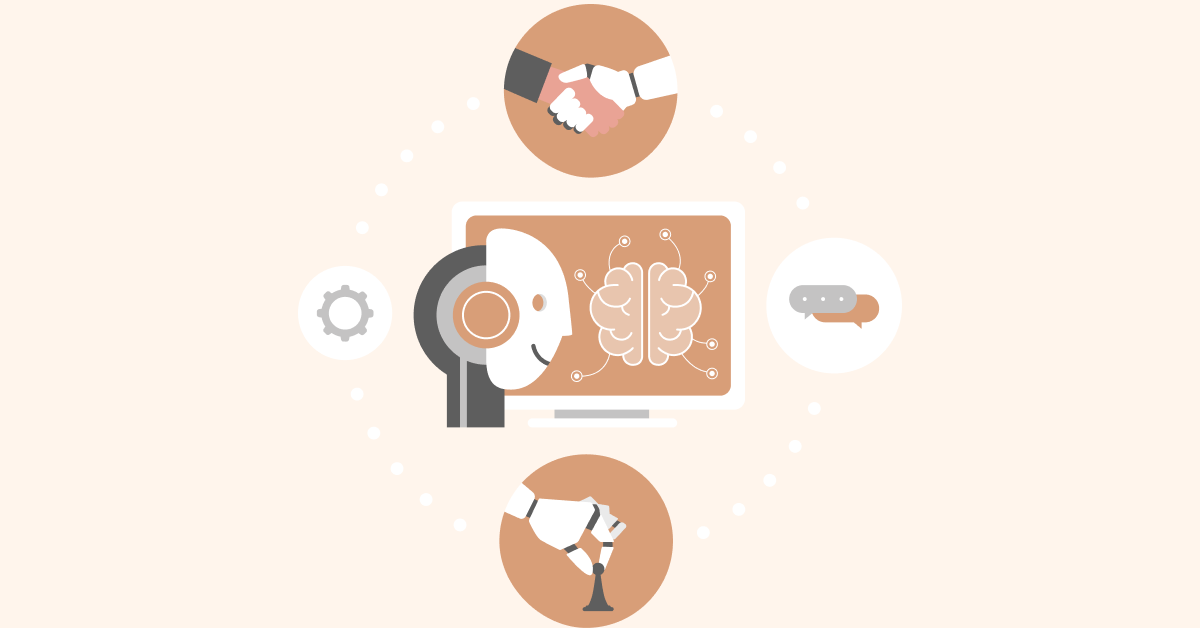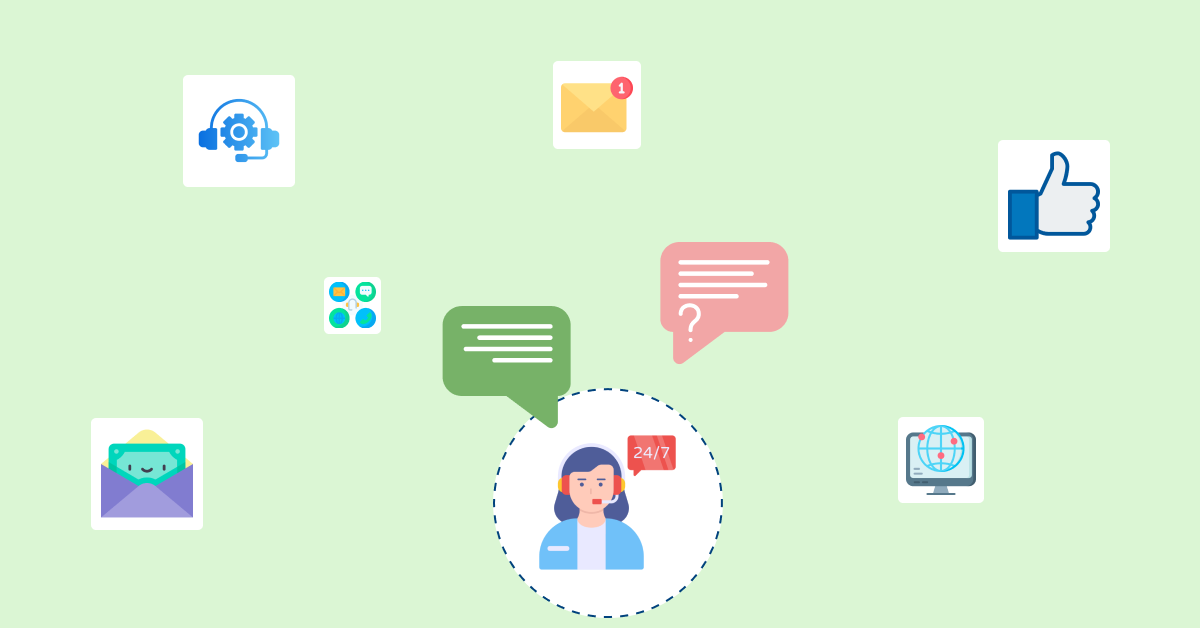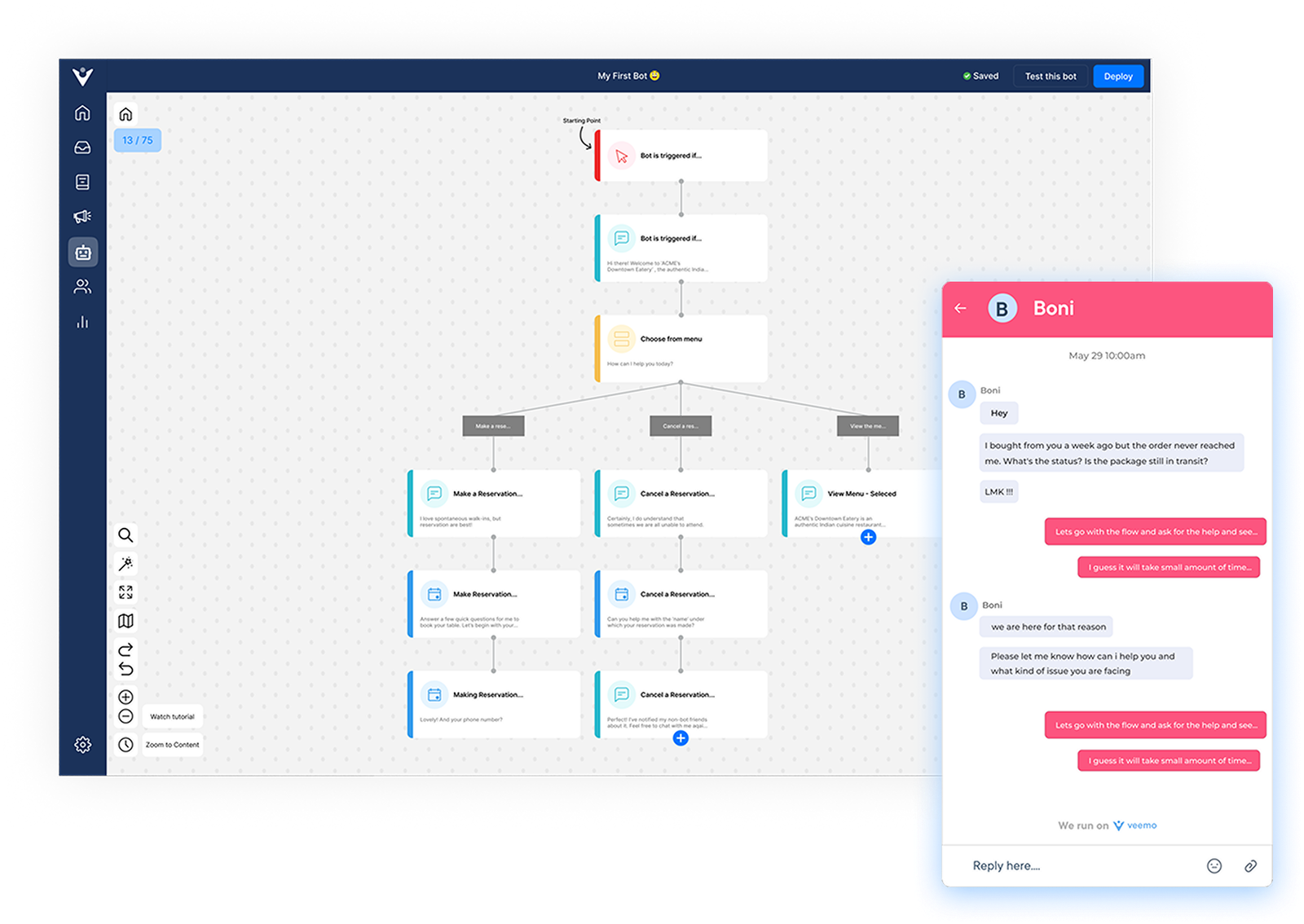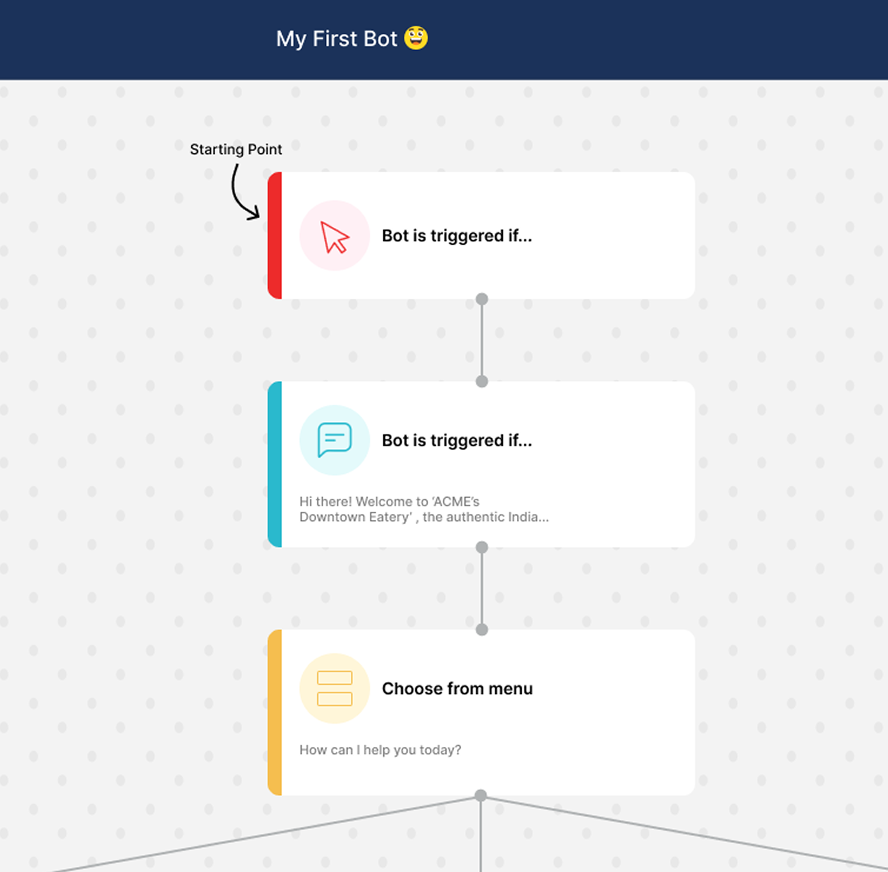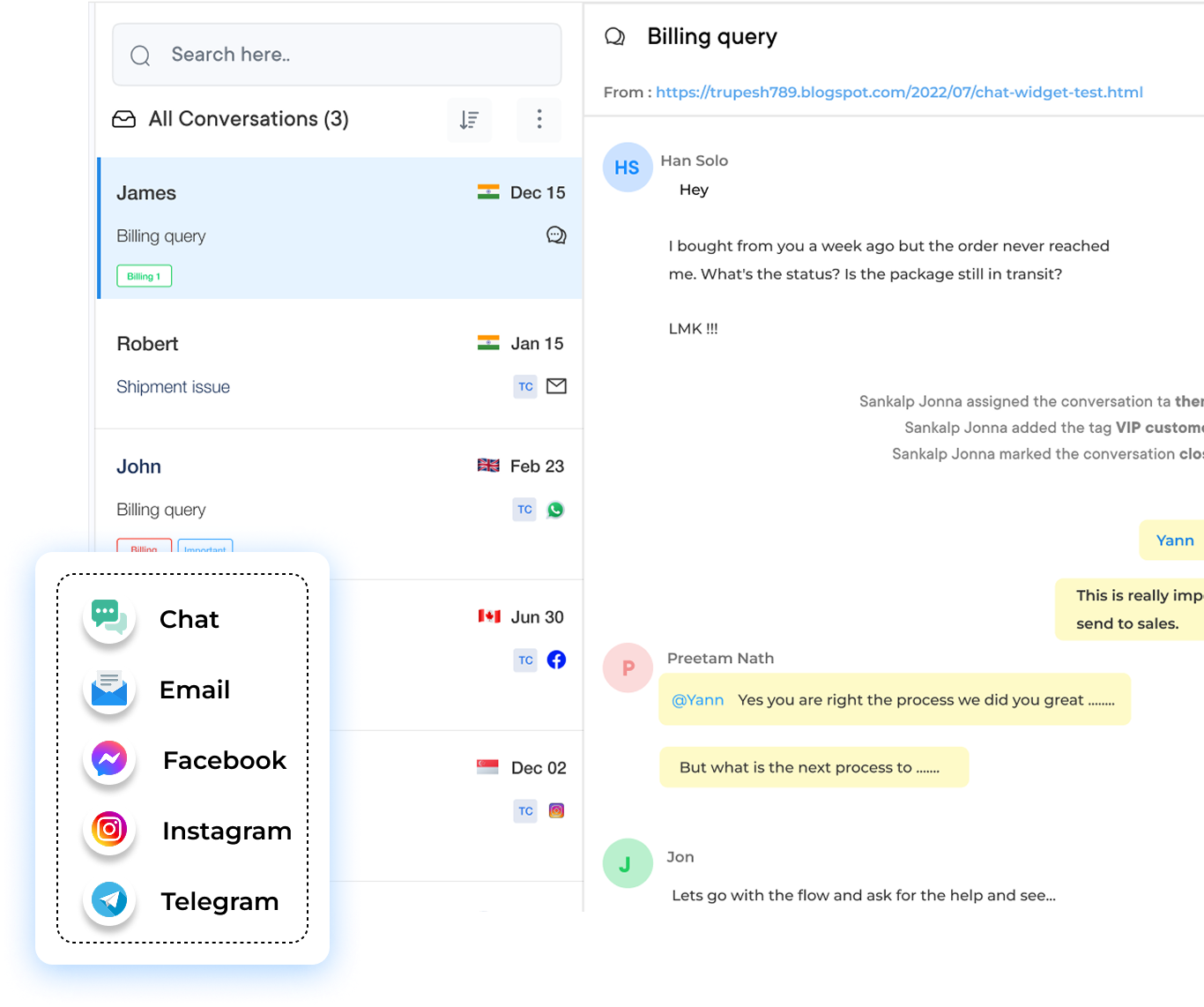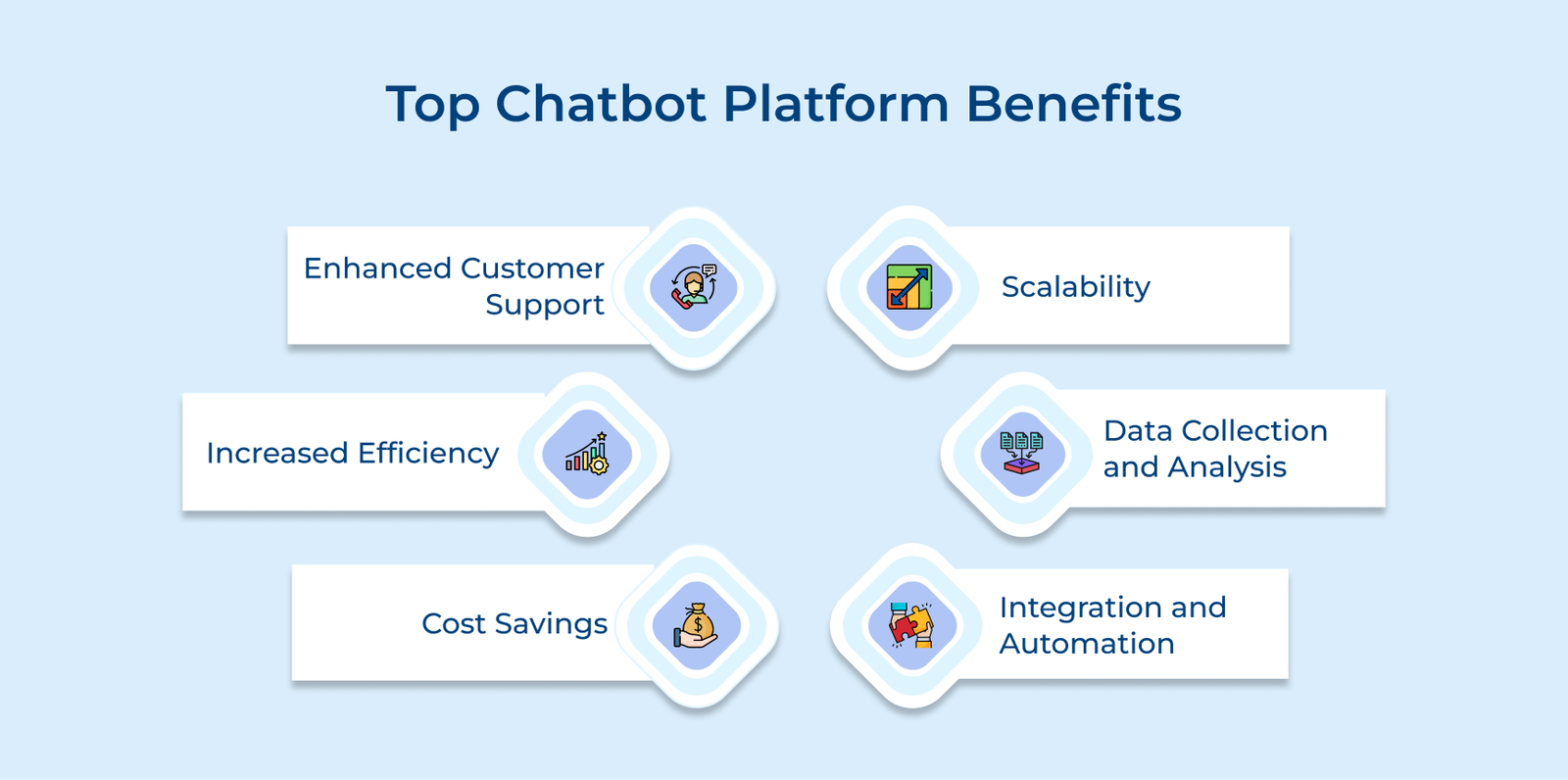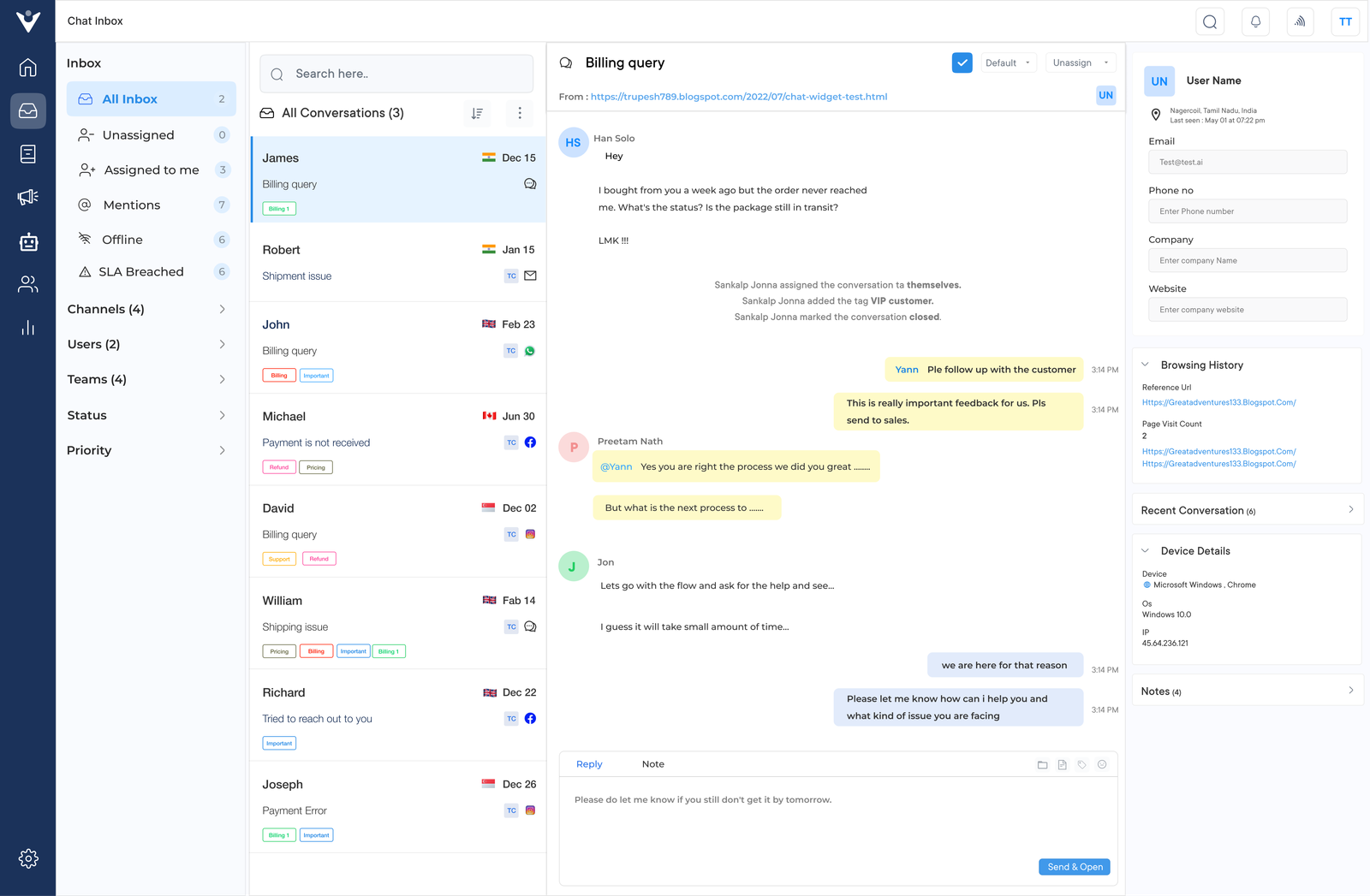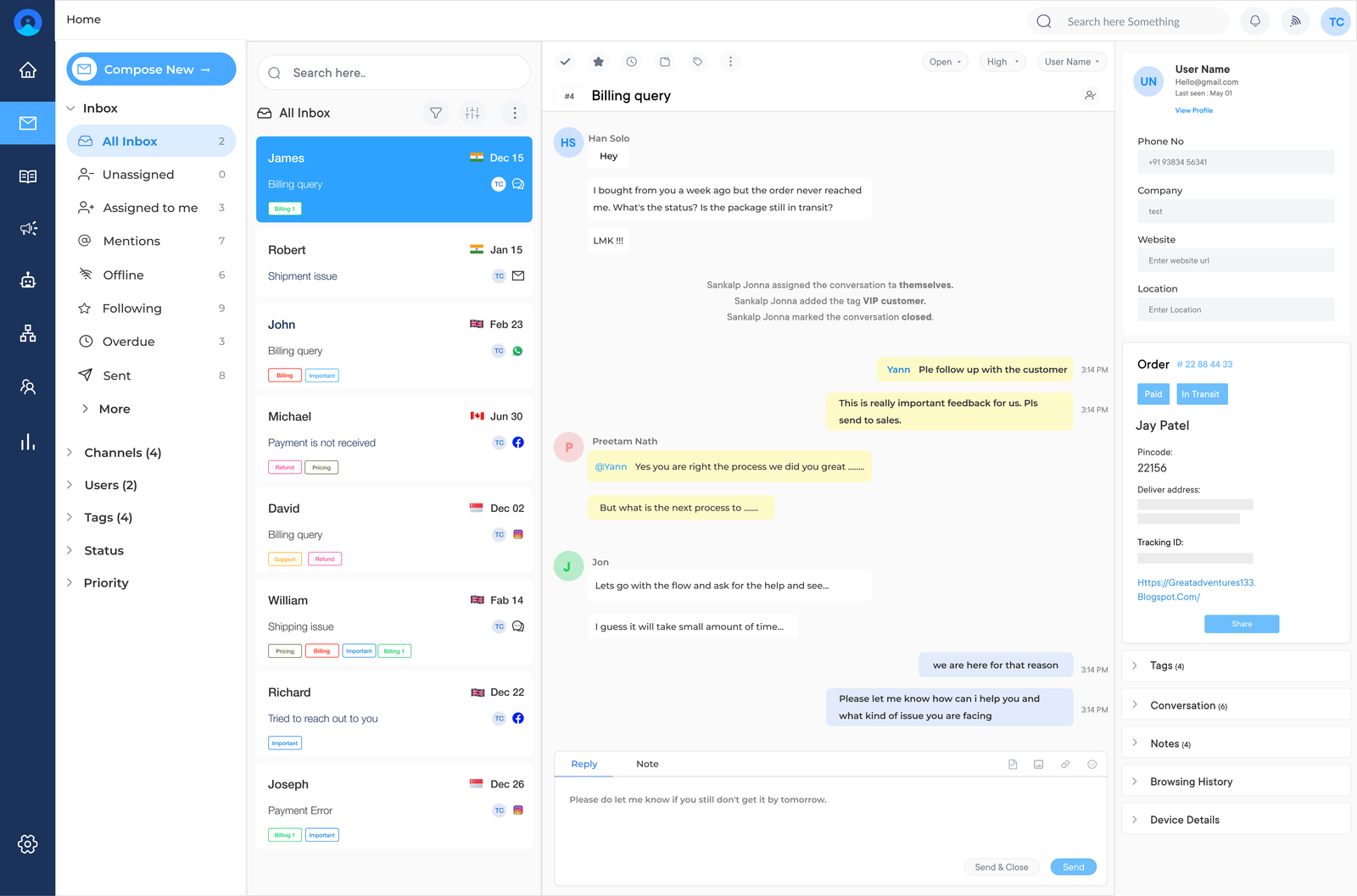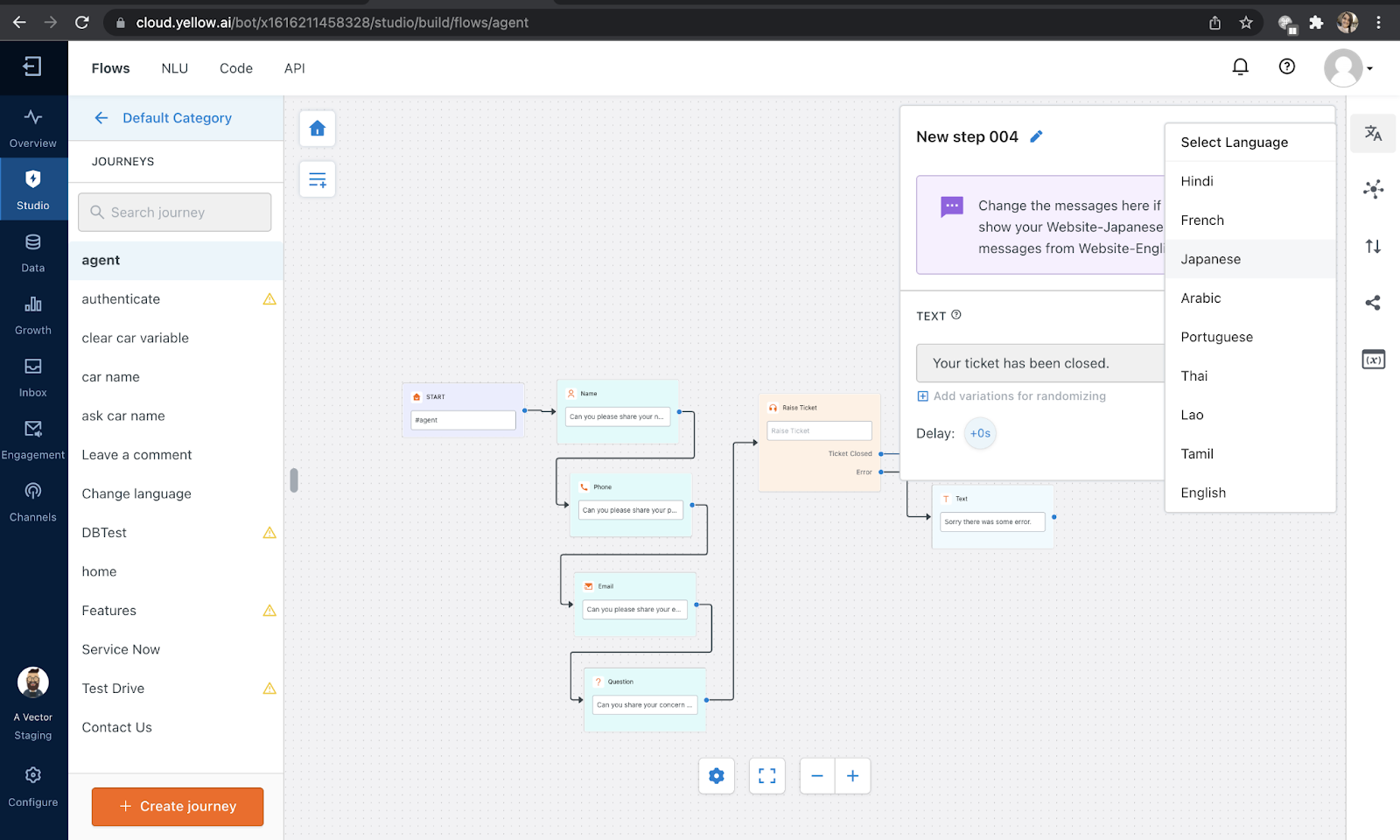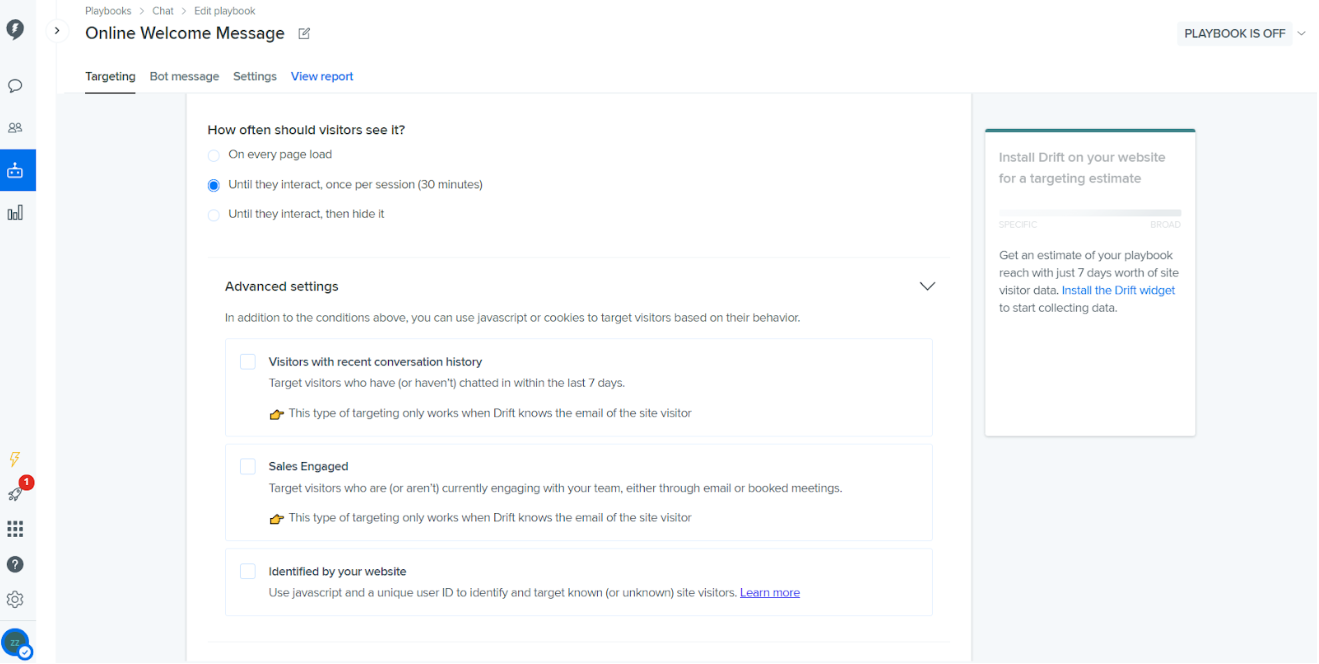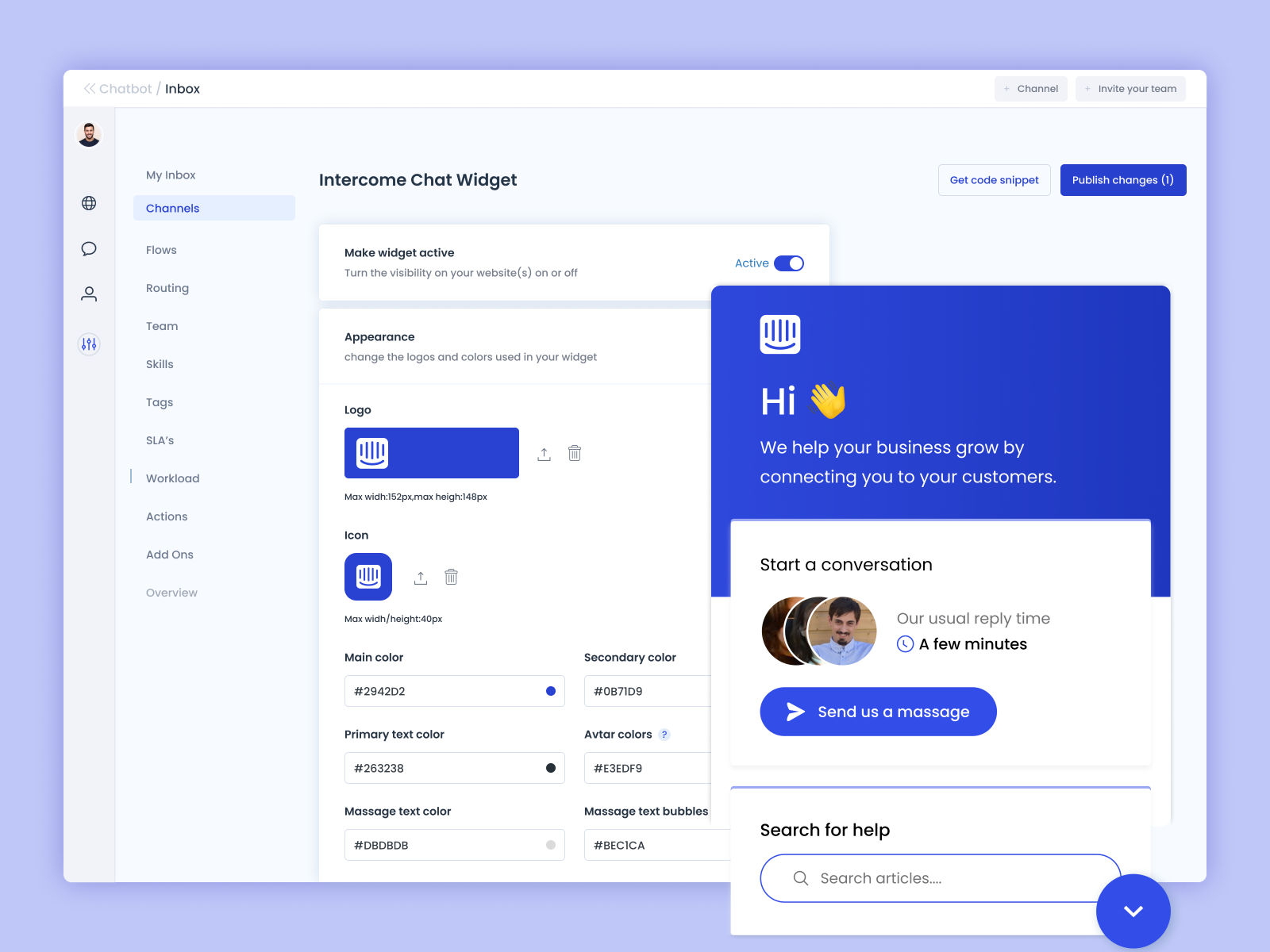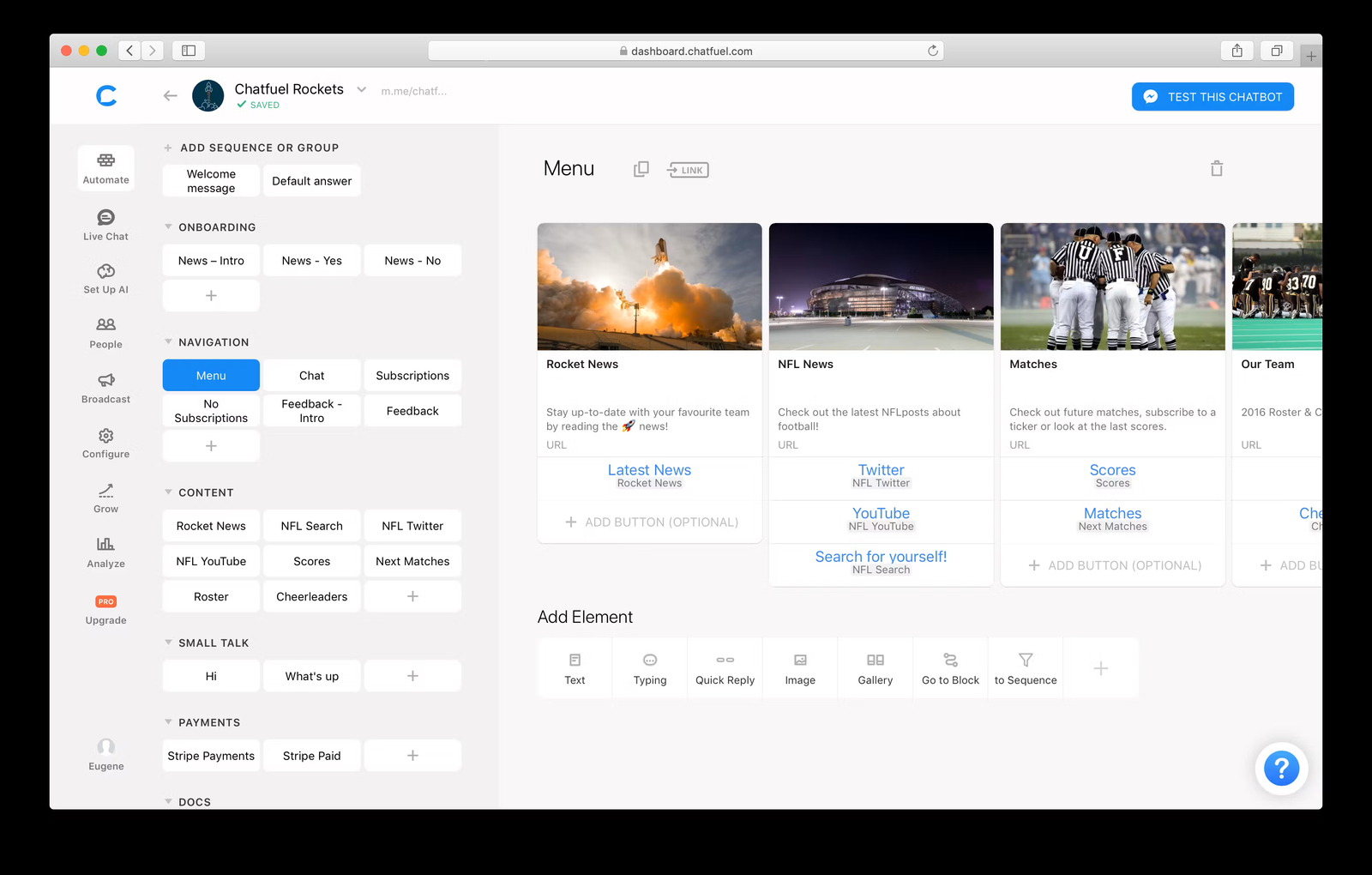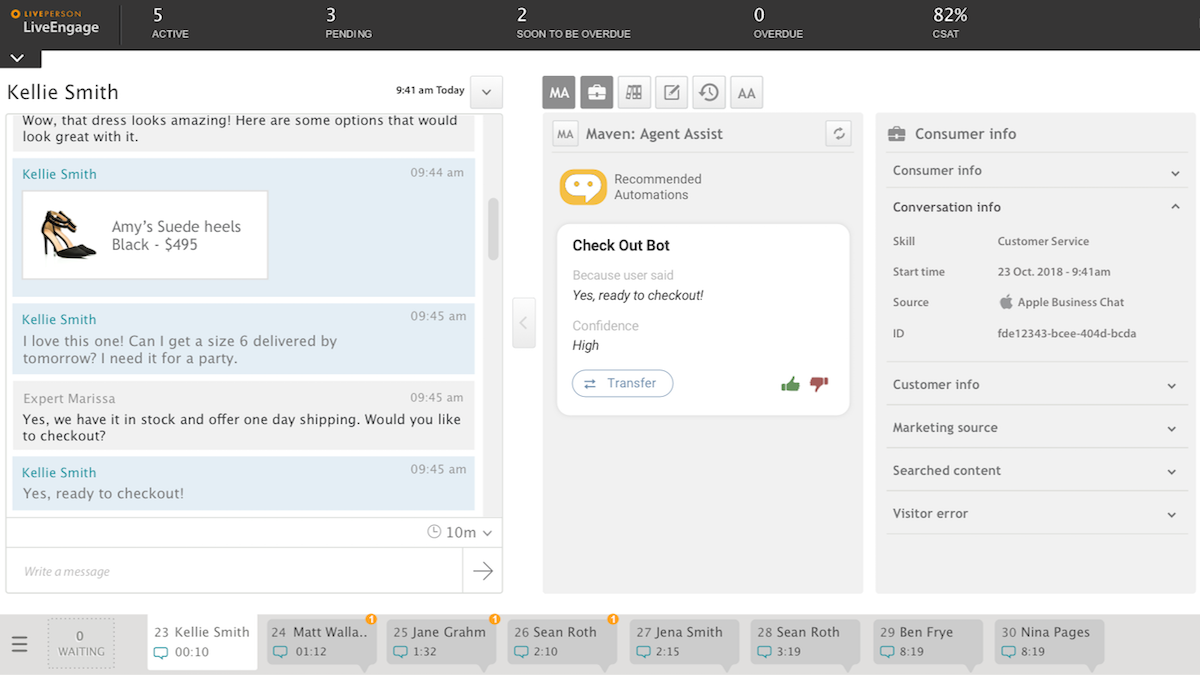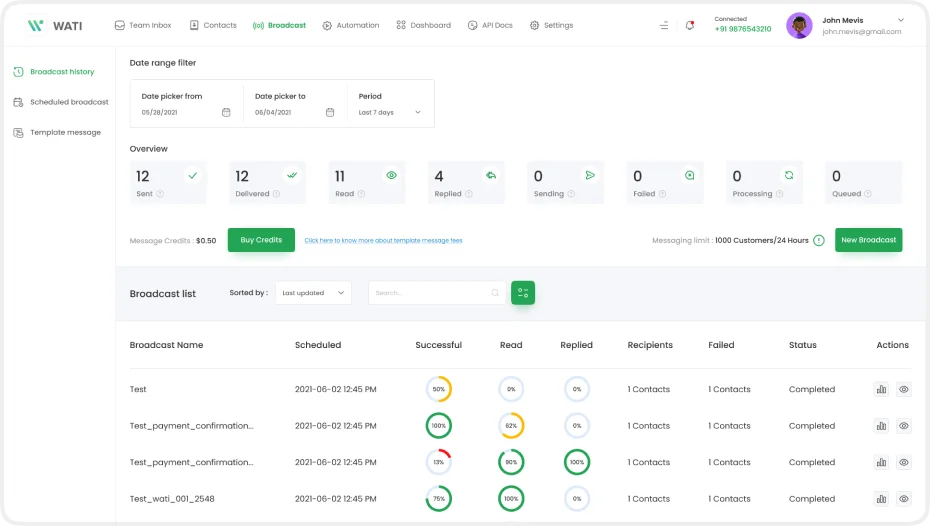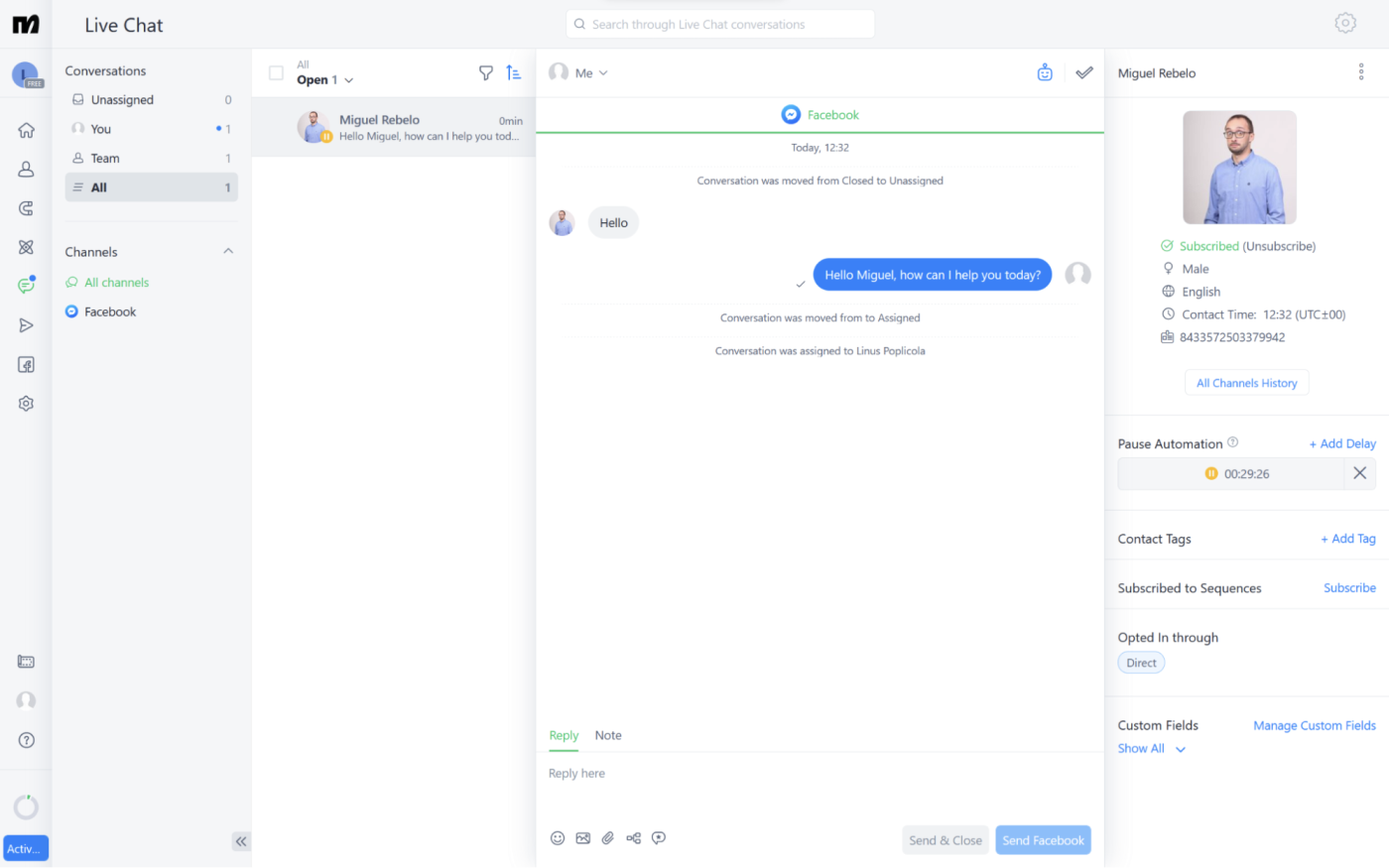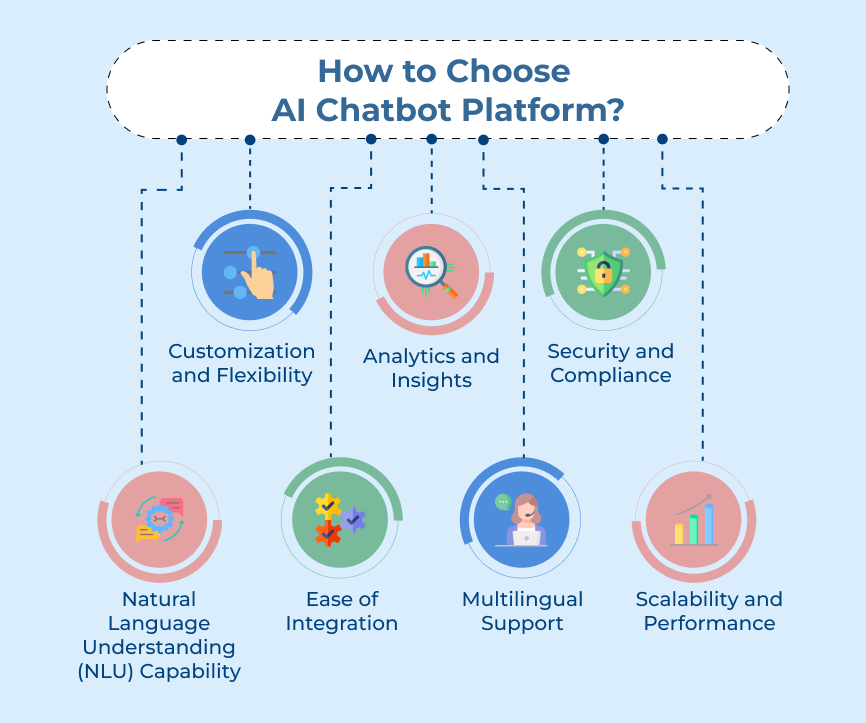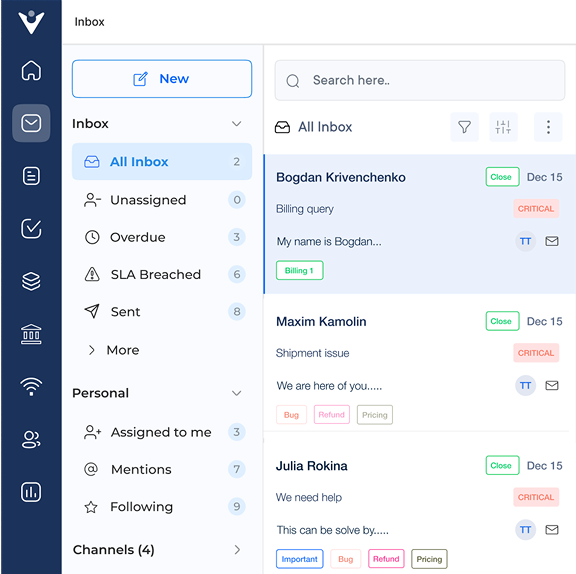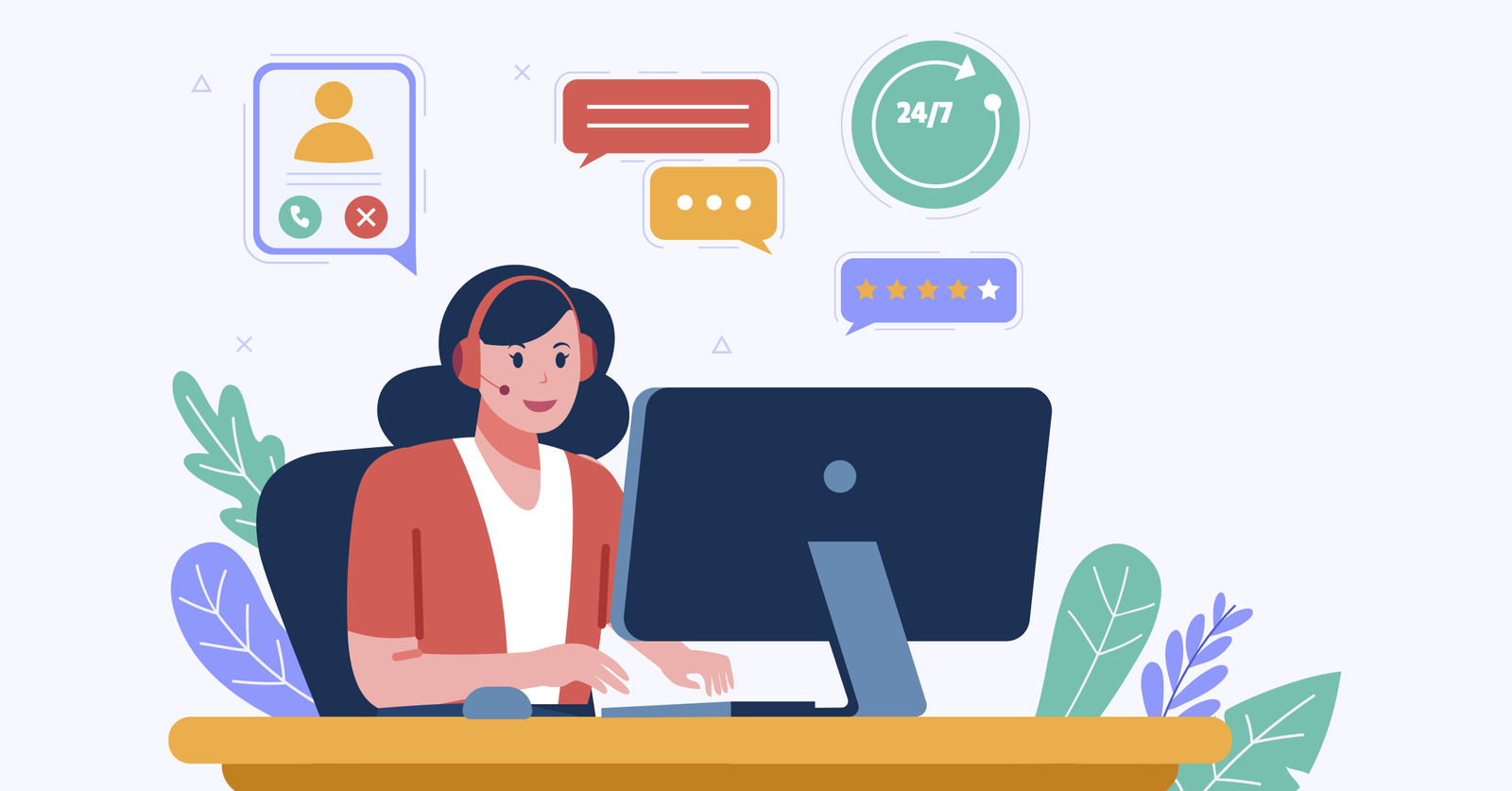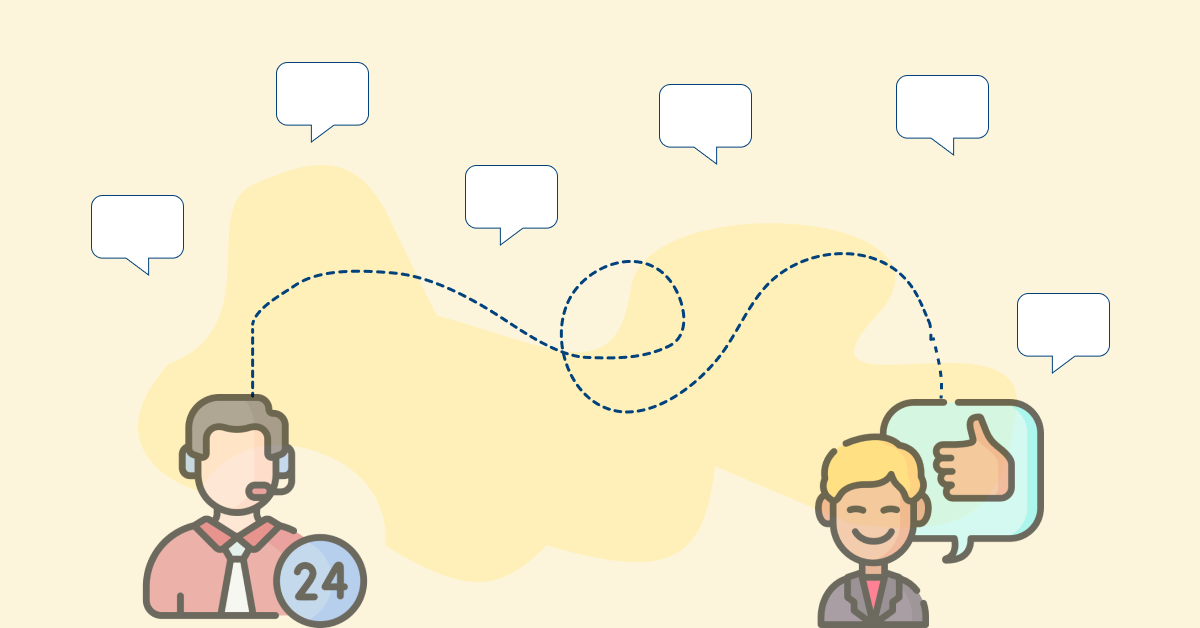Visual Chatbot Builder
The ability to create and customize chatbots without any coding knowledge is significant. A visual chatbot builder allows you to design conversation flows, add buttons, images and personalize the chatbot’s appearance. The feature empowers you to create a chatbot that aligns with your brand’s identity.
Omnichannel Support
A chatbot platform should be capable of integrating with various communication channels, ensuring consistent customer support across channels. The omnichannel approach ensures consistent user experience regardless of the point of contact, allowing businesses to meet customers where they are most comfortable.
Natural Language Processing (NLP)
Natural Language Processing (NLP) is a fundamental feature that enables your chatbot to respond to user queries in a natural and human-like manner. NLP algorithms interpret user input, allowing the chatbot to provide relevant responses. It enables the chatbot to learn from interactions, refine its responses, and adapt to new scenarios without constant manual updates.
Multilingual Support
Multilingual support is another important feature to consider, especially if your business operates in multiple regions or caters to a diverse customer base. A chatbot platform with multilingual support can automatically translate user input and respond in the appropriate language. This ensures that your chatbot can effectively communicate with users from different linguistic backgrounds, eliminating language barriers and improving customer satisfaction.
Human Handover
While chatbots are capable of handling many customer inquiries, there are instances where human intervention may be required. While AI chatbots can handle many tasks autonomously, it is critical to have the ability to smoothly transition to human agents when necessary. The best platforms provide seamless escalation protocols, ensuring that complex issues or sensitive situations are appropriately handled by human staff without disrupting the user experience.
Sentiment Analysis
Sentiment analysis allows the chatbot to detect emotions such as frustration, dissatisfaction, or happiness. By understanding the user’s sentiment, the chatbot can provide appropriate responses and escalate the conversation if needed, creating a more personalized as well as empathetic interaction.
Chatbot Training
Continuous training ensures your chatbot consistently improves over time, look for a platform that offers chatbot training capabilities. It allows you to train your chatbot by providing it with a diverse range of conversational data. The chatbot platform should provide functionalities to easily update the chatbot’s knowledge base, ensuring continuous learning and improvement.
Analytics & Reporting
A chatbot platform should provide comprehensive analytics and reporting capabilities to analyze various metrics such as conversation volumes, user satisfaction, response times, and frequently asked questions. These insights enable you to continuously optimize your chatbot’s performance, resulting in more effective customer support.


